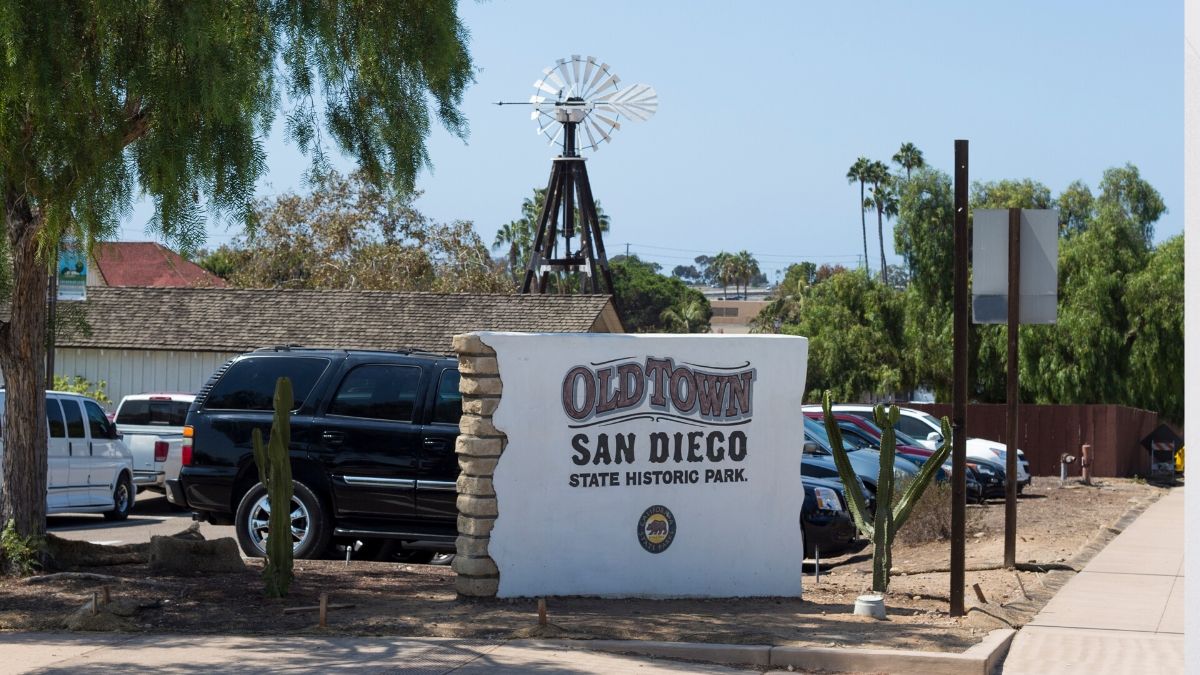It's like the Dow Jones. But instead of measuring the stock market, the Keeling Curve measures the amount of carbon dioxide in the atmosphere. Scientists at Scripps Institution of Oceanography at the University of California, San Diego have been tracking these measurements from all over the world, and last month, they broke a record — but it's not something to brag about.
"You stir the sugar in your coffee, and you mix it up and it’s all mixed up. The atmosphere is kind of mixing up all the time," Ralph Keeling, a geochemistry professor at Scripps, said.
The atmosphere churns around different gases like carbon dioxide, which is what they're analyzing and measuring in the CO2 lab at Scripps. It's been that way for more than six decades, and it's called the Keeling Curve.
"There’s another Keeling now associated with the curve. That’s me," Keeling said. "But it was originally named after my father.”
Get San Diego local news, weather forecasts, sports and lifestyle stories to your inbox. Sign up for NBC San Diego newsletters.
Keeling is the son of Charles David Keeling, who started taking measurements of CO2 at Mauna Loa Observatory in Hawaii in 1958. At that point, CO2 levels were at 315 ppm. Since then, the number has gone up so fast that it's breaking records.
"We’ve had a reading in the last month (March) of 427. We’ll probably get up a ppm or two higher this year," Keeling said.
According to researchers, that's ahead of when peak levels are expected during the year.
Local
"The carbon dioxide has a natural cycle with higher values around May and lower values by the end of the summer, and this rise is superimposed on this," Keeling said. "So we hit a record every year as we approach May. Even before May, we were breaking last year’s record.”
Glass flasks wrapped in tape collect air from stations around the world, some of which come from Mauna Loa. They're shipped back to the lab in San Diego where the CO2 levels are analyzed.
"Then, they’re taken over here where the flasks are pumped out. But as the air is being pumped out, we freeze out first the water because the air has water vapor in it," Keeling said. "It’s cooled by something, by liquid nitrogen, which is this really cold liquid. So we’re pumping away the air, but we’re holding on to the CO2, and then we freeze the CO2 into these tubes, just the CO2, and we store it in these little glass tubes for another property called isotopes."
In other words, scientists can determine if carbon dioxide comes from fossil fuels. But it does depend on the season, according to Keeling, and in El Nino years he says levels can go up faster.
"It's been going up two or three ppm per year," Keeling said. "It often goes up more in some years than others.”
However, the Keeling Curve has seen a relentless rise — one that is also a wake-up call as the planet continues to change.
"The carbon dioxide in the air is going up. Why is it going up? It's because mainly because we’re burning fossil fuels. We’re releasing all this extra carbon, and it’s building up in the atmosphere," Keeling said.
As the atmosphere continues to mix, Keeling emphasizes the importance of the Keeling Curve now more than ever.
"What we really want to do is we want to take measures to slow the rise. To do that, what do we need to do? The biggie is slow fossil fuels," Keeling said. "We need to figure out how to live while using less fossil fuel.”



